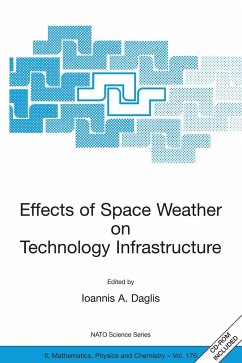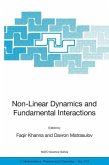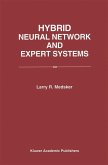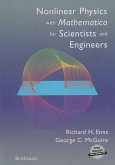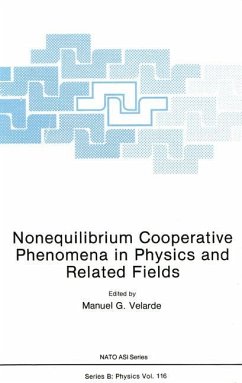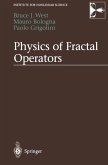The highly variable conditions in the Earth-related space environment, including the Sun, the interplanetary medium and the coupled magnetosphere-ionosphere-atmosphere system, are collectively known as space weather. In the recent past we have experienced that space weather influences the performance and reliability of space- and ground-based technological systems. Although several technological impacts of space weather had been known for some time, it was not before the 1990s that their significance increased dramatically and their severity became apparent. Furthermore, an increasing susceptibility of spacecraft systems to space weather disturbances has been noticed, presumably due to "softer" designs of electronic components, reduction in subsystem sizes, and increases in performance demands. On the ground side, previously unidentified effects of space weather on power grids have been discovered recently.
The 17 chapters of this book provide an update of the existing knowledge on dynamic physical processes at the Sun, the interplanetary space and the geospace, as well as thorough reviews of the major mechanisms in which space weather disturbances influence technological systems. The book moreover reports recent advances in monitoring and predicting space weather and its impacts on technology systems and introduces new tools and methods for accurate predictions of space weather disturbances.
Target audience:
researchers, teachers and students in space physics and space-related engineering, electric power and space communication technology community, astronomers, non-specialist physicists and engineers.
Hinweis: Dieser Artikel kann nur an eine deutsche Lieferadresse ausgeliefert werden.
The 17 chapters of this book provide an update of the existing knowledge on dynamic physical processes at the Sun, the interplanetary space and the geospace, as well as thorough reviews of the major mechanisms in which space weather disturbances influence technological systems. The book moreover reports recent advances in monitoring and predicting space weather and its impacts on technology systems and introduces new tools and methods for accurate predictions of space weather disturbances.
Target audience:
researchers, teachers and students in space physics and space-related engineering, electric power and space communication technology community, astronomers, non-specialist physicists and engineers.
Hinweis: Dieser Artikel kann nur an eine deutsche Lieferadresse ausgeliefert werden.

